Buy the photo Pico del Teide by Walter G. Allgöwer on canvas, ArtFrame, poster and wallpaper, printed on demand in high quality.
About "Pico del Teide"
by Walter G. Allgöwer
About the artwork
On a clear January day, the majestic Teide rises in the distance, its snow-capped peak towering into the endless blue sky. The air is crisp and clear, with a light breeze blowing gently across the vast landscapes of El Teide National Park. A sea of withered Teide broom spreads out before me, its once golden flowers now scattered in brown, brittle branches across the barren ground. The Cytisus supranubius, also known as Spartocytisus supranubius, bloomed in the summer months, but now, in the middle of winter, it is a silent witness to past splendour.
At this altitude, far above the clouds, there is a strange calm. Nature has retreated into its winter state, only to awaken with renewed vigour in spring. The gorse, an endemic plant of the Canary Islands, shows how resilient life is here on the volcanic slopes. Even when in bloom, the Teide gorse radiates a peculiar beauty - an elegance that is only emphasised by the rugged, almost surreal landscapes of this UNESCO World Heritage Site.
The scenery makes me pause and experience a moment of wonder. Despite the barrenness of the surroundings, the beauty of the Teide gorse cannot be overlooked. It belongs to this landscape, rooted in the rough earth, resilient and yet transient. A symbol of transience and at the same time the constancy of nature, which renews itself year after year in perpetual cycles.

About Walter G. Allgöwer
www.foto-allgoewer.de.. Read more…
 Germany
Germany Ordered in December 2019
Ordered in December 2019
 Netherlands
Netherlands Ordered in September 2020
Ordered in September 2020
 Netherlands
Netherlands Ordered in November 2020
Ordered in November 2020
 Germany
Germany Ordered in January 2021
Ordered in January 2021
 Germany
Germany Ordered in January 2020
Ordered in January 2020
 Netherlands
Netherlands Ordered in November 2021
Ordered in November 2021
 Germany
Germany Ordered in June 2023
Ordered in June 2023
 Netherlands
Netherlands Ordered in April 2021
Ordered in April 2021
 Netherlands
Netherlands Ordered in January 2024
Ordered in January 2024
 Germany
Germany Ordered in October 2022
Ordered in October 2022
 Netherlands
Netherlands Ordered in August 2025
Ordered in August 2025
 Germany
Germany Ordered in February 2023
Ordered in February 2023
About the material
ArtFrame™
Interchangeable Art Prints
- High-quality print
- Easily interchangeable
- Acoustic function
- Large sizes available
Discover the artworks of Walter G. Allgöwer
 AllgäuWalter G. Allgöwer
AllgäuWalter G. Allgöwer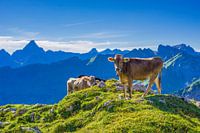 Allgäu brown cattleWalter G. Allgöwer
Allgäu brown cattleWalter G. Allgöwer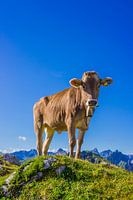 Young cow, Allgäu alpsWalter G. Allgöwer
Young cow, Allgäu alpsWalter G. Allgöwer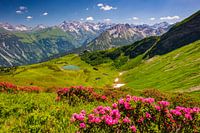 Blooming mountain roseWalter G. Allgöwer
Blooming mountain roseWalter G. Allgöwer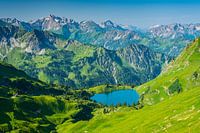 Seealpsee, Allgäu AlpsWalter G. Allgöwer
Seealpsee, Allgäu AlpsWalter G. Allgöwer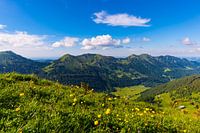 Nagelfluhkette, Allgäu AlpsWalter G. Allgöwer
Nagelfluhkette, Allgäu AlpsWalter G. Allgöwer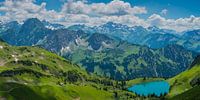 Seealpsee and Höfats, Allgäu AlpsWalter G. Allgöwer
Seealpsee and Höfats, Allgäu AlpsWalter G. Allgöwer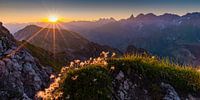 Alpine flowers, Allgäu AlpsWalter G. Allgöwer
Alpine flowers, Allgäu AlpsWalter G. Allgöwer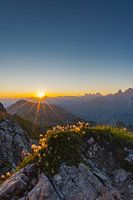 Alpine flowers, Allgäu AlpsWalter G. Allgöwer
Alpine flowers, Allgäu AlpsWalter G. Allgöwer Panorama from the Nebelhorn, Allgäu AlpsWalter G. Allgöwer
Panorama from the Nebelhorn, Allgäu AlpsWalter G. Allgöwer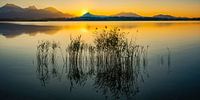 Sunset, HopfenseeWalter G. Allgöwer
Sunset, HopfenseeWalter G. Allgöwer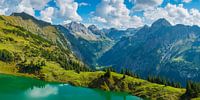 Seealpsee and Oytal, Allgäu AlpsWalter G. Allgöwer
Seealpsee and Oytal, Allgäu AlpsWalter G. Allgöwer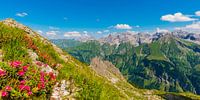 Alpine roses and Allgäu AlpsWalter G. Allgöwer
Alpine roses and Allgäu AlpsWalter G. Allgöwer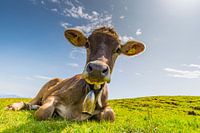 Cow, AllgäuWalter G. Allgöwer
Cow, AllgäuWalter G. Allgöwer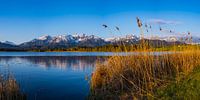 HopfenseeWalter G. Allgöwer
HopfenseeWalter G. Allgöwer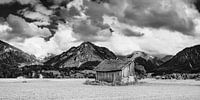 Lorettowiese, OberstdorfWalter G. Allgöwer
Lorettowiese, OberstdorfWalter G. Allgöwer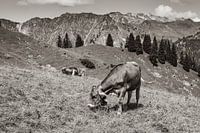 in the mountain pastureWalter G. Allgöwer
in the mountain pastureWalter G. Allgöwer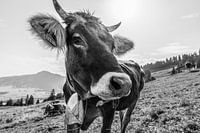 Cow in AllgäuWalter G. Allgöwer
Cow in AllgäuWalter G. Allgöwer Lautersee and Karwendel MountainsWalter G. Allgöwer
Lautersee and Karwendel MountainsWalter G. Allgöwer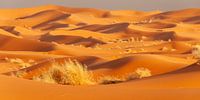 the SaharaWalter G. Allgöwer
the SaharaWalter G. Allgöwer













 Canary Islands
Canary Islands Mountains
Mountains National parks
National parks Photo wallpaper
Photo wallpaper Photography
Photography Serene Peace
Serene Peace Volcanoes
Volcanoes









